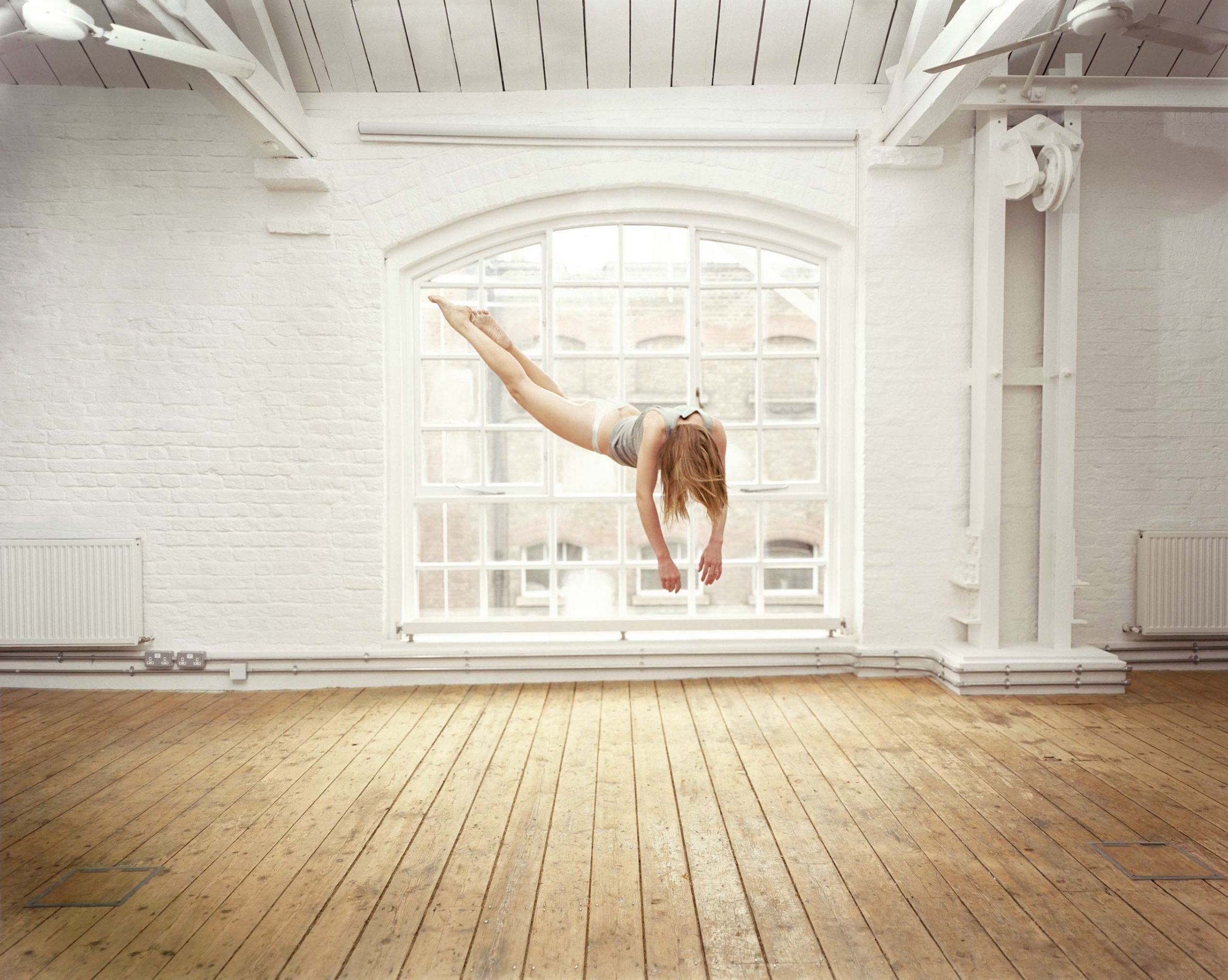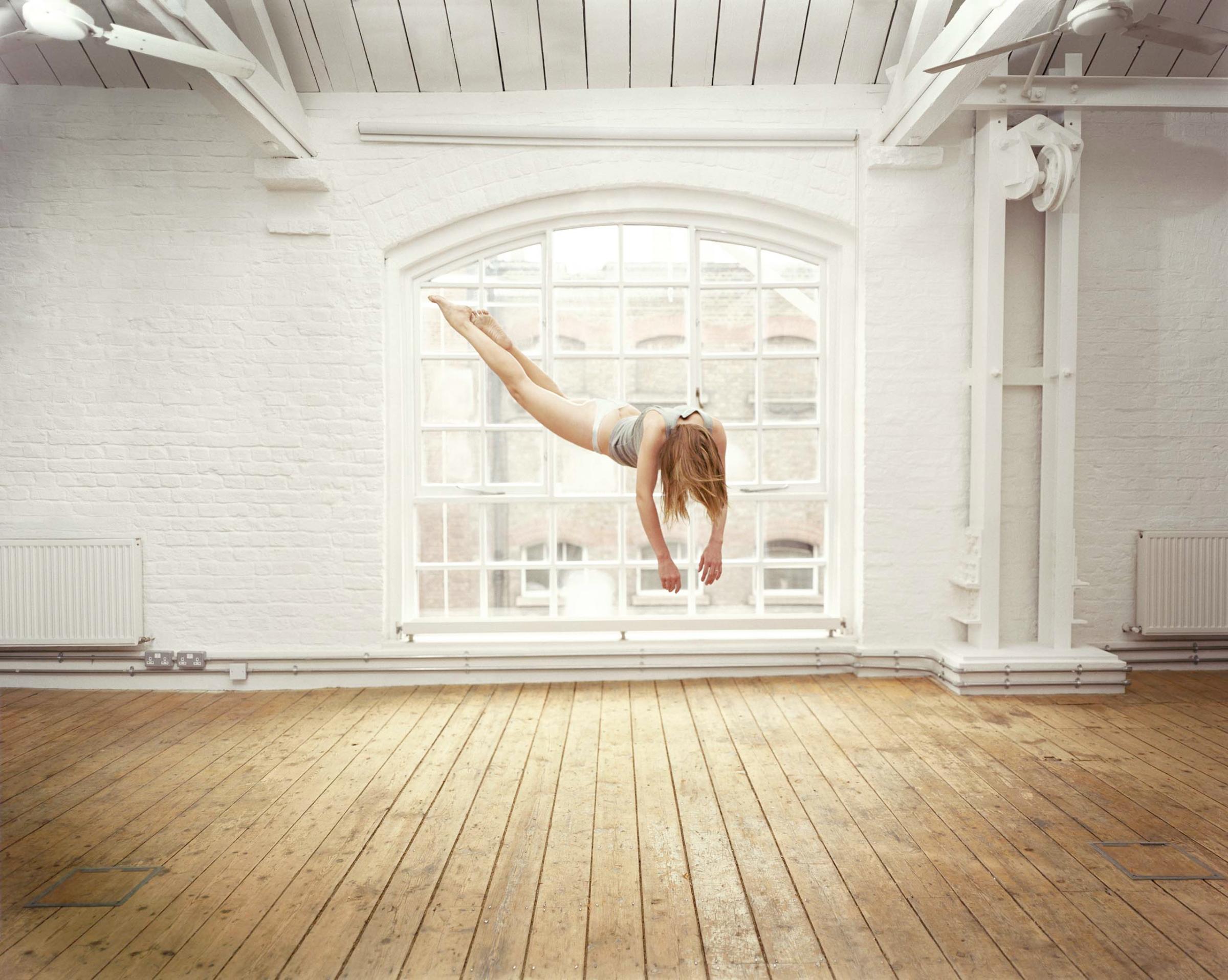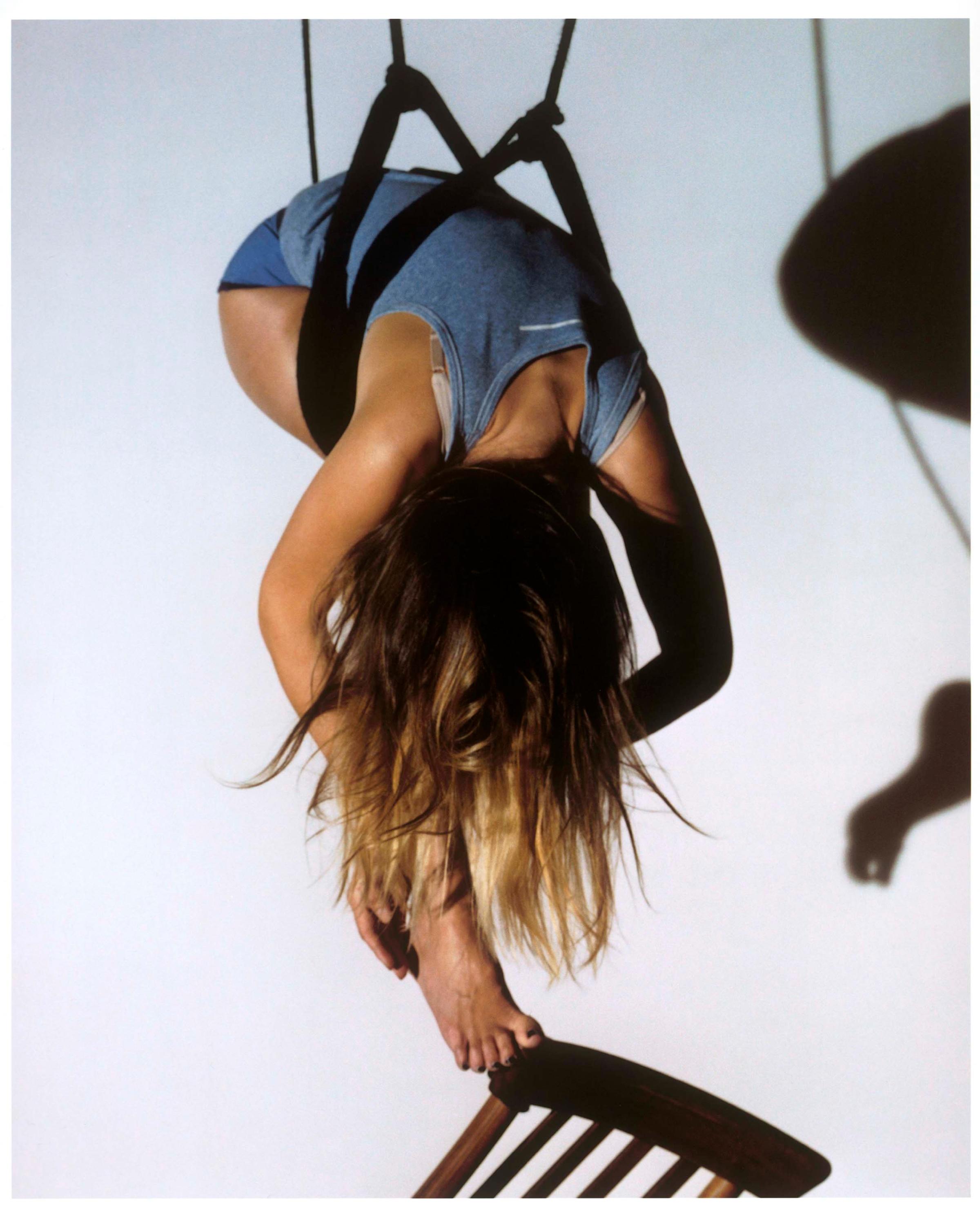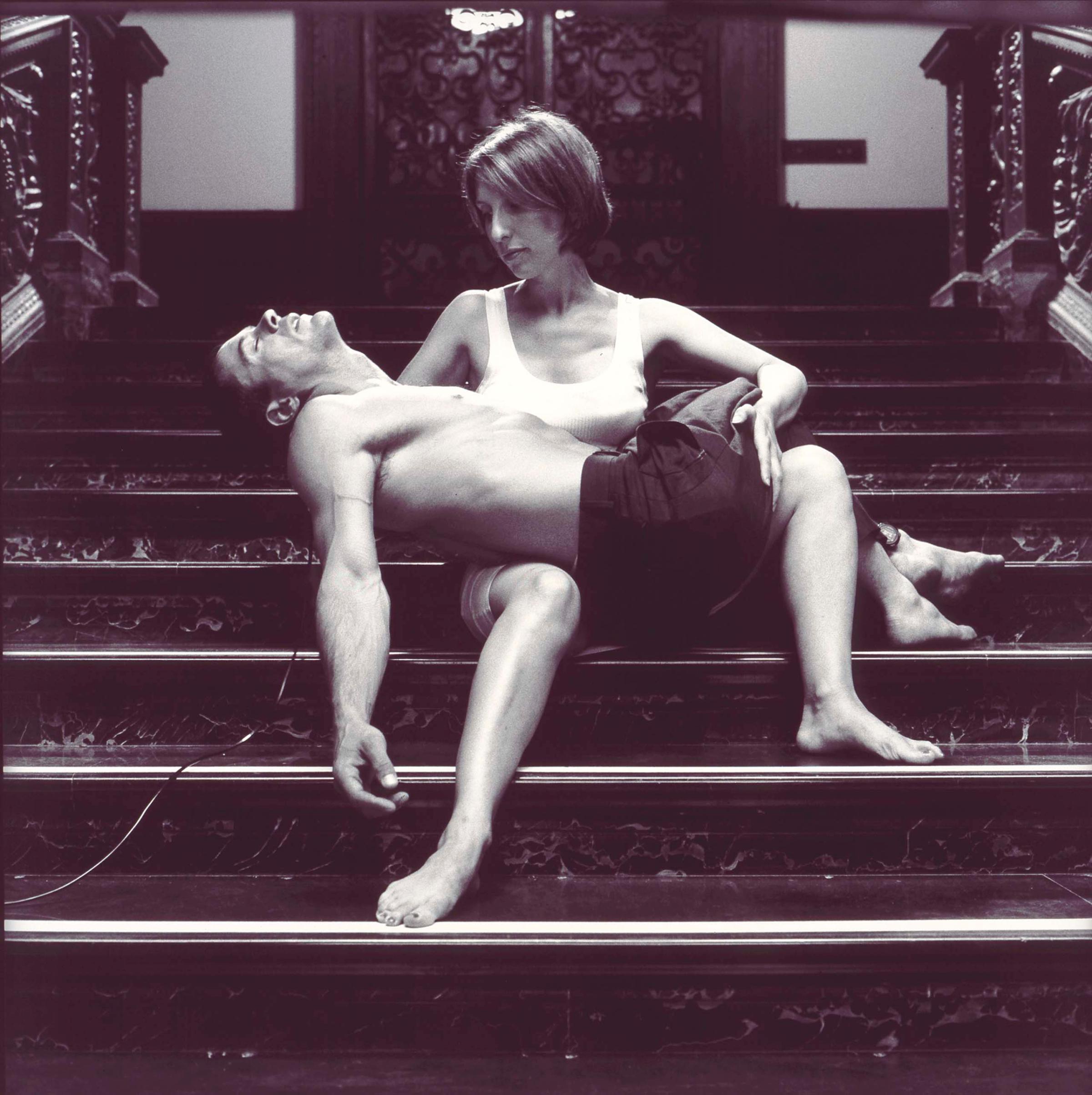
When Damien Hirst curated an exhibition in an empty London dockside building in 1988, it marked the birth of a movement. Hirst, then a student, included the work of friends and contemporaries, who became known as the Young British Artists.
Sometimes branded a bunch of loutish self-promoters, other times dubbed the saviors of British art; the coterie was loosely connected through their provocative work — think Hirst’s sliced up shark suspended in formaldehyde — and their apparent business savvy. One of the set was Sam Taylor-Wood, who worked primarily as a photographer, videographer and installation artist. Best known for pieces like Killing Time and Travesty of a Mockery, she unapologetically explored sexuality and bagged herself a Turner Prize nomination in 1998.
Fast forward 17 years, and the very same Sam Taylor-Johnson — the name change came after her 2012 marriage to actor Aaron Taylor-Johnson — is in the spotlight all over again as the director of the movie adaptation of E.L. James’ world-conquering literary romance series Fifty Shades of Grey.
In a sense, these novels have been as divisive as the British artists once were. While the books have been slammed by domestic violence advocates as manuals for sexual torture and by some literary critics as being simultaneously bland and coarse, they have also been lauded as unashamedly accessible works that bring bondage to mainstream readers. Either way, the movie is surely one of the most hotly anticipated of the year.
But why is a Turner Prize-nominated photographer and artist in the driving seat?
“I was interested in why it was such a phenomenon,” says Taylor-Johnson, who put herself forward as director to Universal executives. “It felt like it resonated at a basic level as a fairytale that was very dark and very adult. I hadn’t seen anything cinematic like this before, so it felt like it was new territory, and that was what excited me visually.”
Thematically, Taylor-Johnson’s more recent photographic work certainly does seem to make her a good fit for the movie. Works like Bound, Self Portrait Suspended and Escape Artist perhaps hint at the world of S&M. But Fifty Shades is not her first foray into the film world: Nowhere Boy, her 2009 dramatization of John Lennon’s early life, was met with widespread praise. Indeed, she says, it was a movie that helped her prepare for this larger role.
“When I was being interviewed for the job, they said: ‘This has a big fan base how are you going to handle that? You’ve never handled anything like this before.’ And I said: ‘Oh yes I have, I made a movie about one of The Beatles!'”
For Fifty Shades, Taylor-Johnson worked closely with her longtime collaborator, cinematographer Seamus McGarvey, but also author E.L. James. “She had very relevant things to say,” Johnson says of the author. “But also there were times when we disagreed and struggled. I wouldn’t say it’s the most comfortable experience for an artist to have someone else with a powerful vision alongside your powerful vision.”
Taylor-Johnson adds that this move into mainstream film doesn’t signal the end of her work as a photographer, but she feels the two worlds are mutually exclusive. “When I’m working on a movie it’s a very collaborative experience,” she says. “When making a photograph, I’m answering more to myself and the questions that are being asked are mostly being asked by me. I think as a photographer, I’m more autonomous.”
“[Though] when I’m making a movie,” she adds. “I try and take a lot of stills on set and work with having my cameras with me. I try to do it as often as possible.”
Richard Conway is reporter/producer for TIME LightBox
Read next: Go Behind the Scenes of TIME’s Fifty Shades of Grey Photo Shoot






More Must-Reads From TIME
- The 100 Most Influential People of 2024
- Coco Gauff Is Playing for Herself Now
- Scenes From Pro-Palestinian Encampments Across U.S. Universities
- 6 Compliments That Land Every Time
- If You're Dating Right Now , You're Brave: Column
- The AI That Could Heal a Divided Internet
- Fallout Is a Brilliant Model for the Future of Video Game Adaptations
- Want Weekly Recs on What to Watch, Read, and More? Sign Up for Worth Your Time
Contact us at letters@time.com